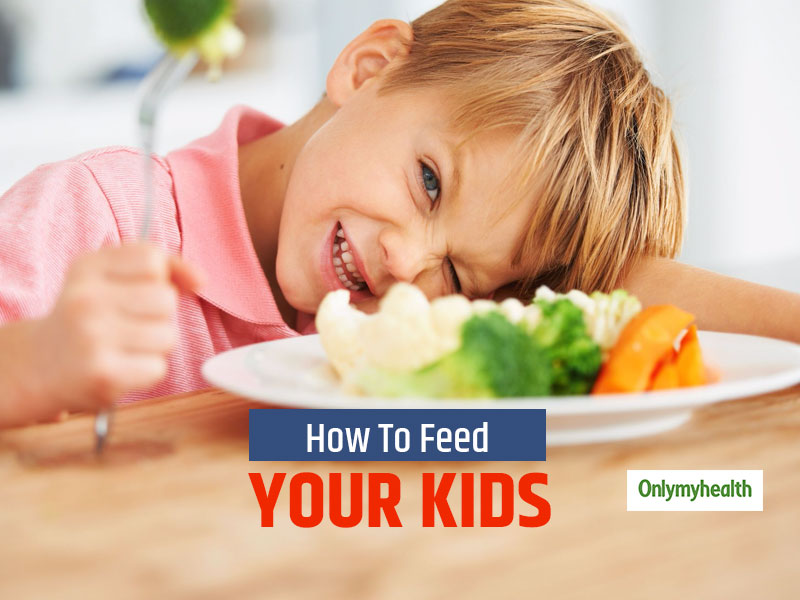
When it comes to making the kids eat healthily, parents tend to resort to various activities. At first, parents might think of those habits to harmless, but that is just a start to a tough time for parents to get their kids of those habits. Just for the sake of making an infant eat food, parents tend to over experiment, but the doom comes when the kids get used to something special every time, that their expectations become sky-high. Various experts feel that the right way of feeding the kid is to make them eat a specific vegetable in its original form, and not mixed or ‘hidden’ for the kids should know how each and vegetable looks and tastes like.
Table of Content:-

Listed below are some unhealthy activities that parents resort to while making the kids eat their meals, which could be harmful in a longer run:
Watching The Screen With Meals
A lot of parents say that the way for them to feed anything and everything to the child is when they are watching their favourite cartoons. But the same practice is shunned in adults. The reality is that feeding kids while watching tv means half of their attention is only on the screen. This could lead to overeating and further obesity in kids. Hence, make sure that the kid eats his/her meals only while sitting on a dining table, without any distraction.
Also Read: Art Of Parenting During Vacations: How To Keep Kids Engrossed When Going Outdoors Is Unsafe
Race To Finish Fast
It is common to make kids interested in finishing their meals with some race. It could be the father or even an elder sibling that kids are compared to on meal tables just so that they complete their meals early. It may sound fascinating to not sit on the meal table for an hour or more than that but eating to fast for kids can lead to indigestion, and even choking in the worst-case scenario. The best way to make the child eat is to explain to him/her the benefits of chewing the food properly.

Do Not Over Serve
Most parents think that kids make alibis not to eat. But, one must understand that overserving the kids can be a huge problem. Giving too much food to kids than what is required can make kids obese, more irritable during meals and even make them develop a particular dislike towards food. Hence, hear out when your kids say that they are full. Understand a pattern in their diet and make a note of their diet limit. Fill their plate with a standard two chapatis, one bowl of lentils and some vegetables, and see how much time they take to finish that. Ask them once if they need more. If not, and you still think the kid would be undernourished, then feed them a little snack after some time. Some tips that experts recommend to feed kids if they are fussy eaters.
Watch: How to feed green vegetables to kids:
Stop Rewarding Them
It is common for kids to be rewarded if they complete a task. The same way how parents tell their kids that they would get chocolate if they finish their meals on time. But, this is a wrong approach for parents to motivate the kids to eat. The best way here is to tell them about the benefits of eating healthy meals every day. Offering them chocolate or junk food just so that they finish their food is not right.
Also Read: 5 Reasons Why You Must Read Bedtime Stories To Your Baby
The best way to feed kids is to explain why they should have certain food items every day so that they could become as powerful as their favourite superhero and not because they would get a reward for that. So, next time when you sit with your kid for a meal, ensure that you follow these simple tips for healthy eating habits in kids.
Read more articles on Tips For Parents
How we keep this article up to date:
We work with experts and keep a close eye on the latest in health and wellness. Whenever there is a new research or helpful information, we update our articles with accurate and useful advice.
Current Version